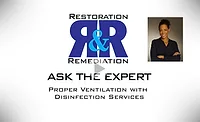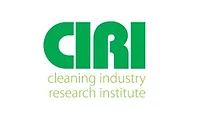The Disinfection Disconnection
Understanding science as it relates to controlling viruses and the importance of a layered approach to combating the pandemic.
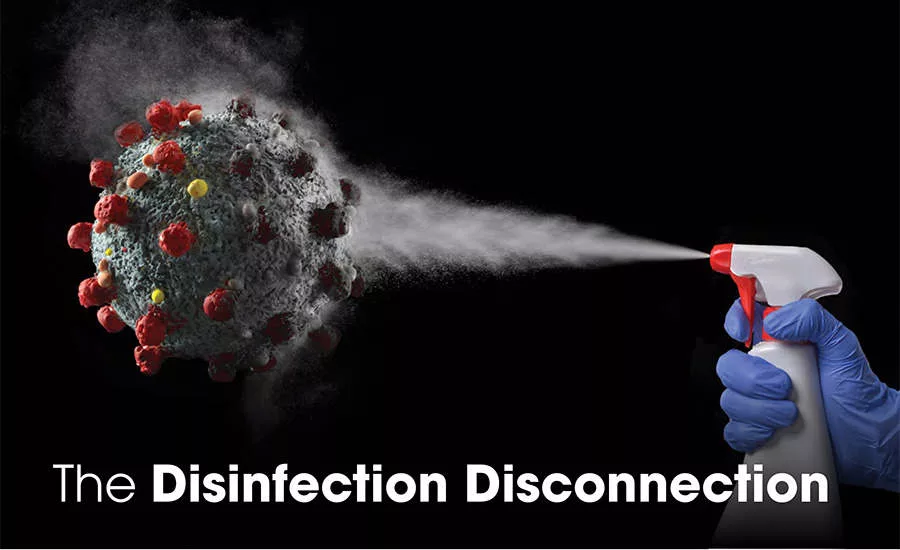
Image from GOSPHOTODESIGN/ iStock / Getty Images Plus via Getty Images
At the time of this writing, we’re starting to see the much-anticipated second wave of COVID-19 infections and deaths due to colder temperatures settling over much of the U.S. and people moving activities indoors. Global cases have already exceeded 50 million, and one projection has that doubling by early 2021.With hospitals filling quickly with those suffering from complications or more severe cases of COVID-19, we must be more diligent than ever in how we approach infection control in all of our indoor spaces.
It’s possible that you’ve already received pushback to your cleaning and disinfection efforts. A recent article in The Atlantic, a literary and culture magazine, referred to the current focus on cleaning and disinfection as “hygiene theater.” The author suggested that the focus (or “obsession”) on disinfection (what he calls “risk-reduction rituals”) only serves to make us feel better, “but don’t actually do much to reduce risk.” He should be thankful that healthcare facilities don’t take that approach.
In fact, with a raging pandemic, we can take our approach to reducing the risk of COVID-19 transmission from what we’ve known for decades about hospital infection control, and that is a three-fold approach:
- Respiratory protection
- Surface cleaning & disinfection
- Hand sanitization
The Problem with Droplets
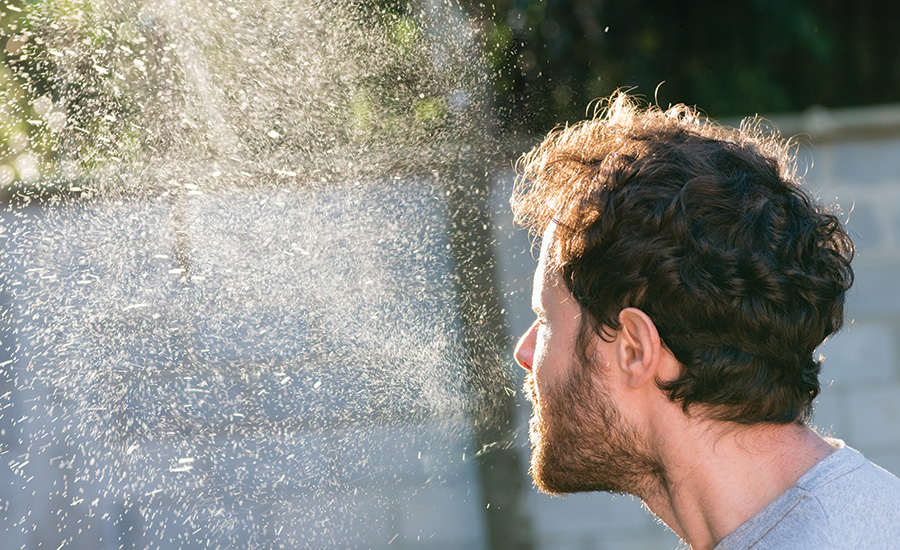
Image from pabst_ell/ iStock / Getty Images Plus via Getty Images
Microbial contamination of commonly touched surfaces or “hot spots” of potential transmission, while typically seeded by hand contact, may also be contaminated via infectious droplets dispersed by the coughing and/or sneezing of infected persons—hence, the admonition for wearing respiratory protection. While unprotected coughs and sneezes may result in airborne disease transmission, those respiratory droplets also have the propensity—especially the larger ones, to fall out onto nearby surfaces, providing the potential for microorganisms associated with those droplets to attach to hard or soft surfaces. Most microbial contamination of frequently touched surfaces, however, occurs through direct hand contact.
Many studies have been published on pathogen transfer between hands and surfaces, and on microbial pathogen survival on skin and on surfaces. Disease can occur when contaminated fingers touch the mouth, nose, or eyes. One particular study showed that a hand contaminated with virus can contaminate up to seven other surfaces.1
When we touch an object, we transfer organisms to that surface and/or accumulate more organisms on our hand. In a crowded environment, a surface contaminated by one person can be touched by many others who then touch other surfaces as they move around. And then each of those contaminated surfaces can be touched again by other people, and so the touching and contamination process continues.2
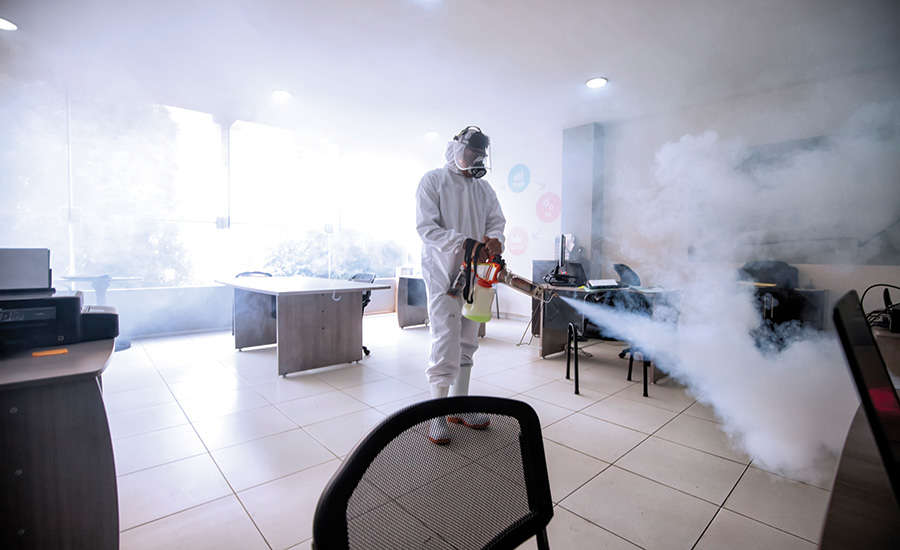
Image from arturogi/ E+ via Getty Images
The survival of microbial pathogens, whether bacterial, viral, or fungal, on a variety of surfaces, depends upon multiple factors, to include temperature, relative humidity (RH), the physical properties of the surface material, and whether the organisms are embedded in a protective matrix or biofilm, such as respiratory secretions. Thus, many potential human pathogens may survive on hard or soft materials for hours or even days, and be available for transmission to susceptible persons in indoor environments, to include children, pregnant women, those on various medicinal therapies, and those with chronic illness such as heart, kidney, and/or lung disease. Such chronic conditions are recognized as extremely significant risk factors for the COVID-19 disease.
The potential for a virus to spread via contaminated fomites depends first on the ability of the virus to maintain infectivity while on the fomite surface. Intrinsic factors, like enveloped or non-enveloped virus, fomite properties (porous or non-porous), virus strain, and viral inoculation titer, consistently impact the total virus survival end point, such as hours, days, or weeks. Respiratory viruses usually remain viable for several hours to several days and include Respiratory Syncytial Virus (RSV), Rhinovirus, Influenza virus, Parainfluenza virus, Adenoviruses, and Coronaviruses, while enteric viruses, such as rotavirus, astrovirus, and HAV, can all remain infective on surfaces for two months or longer.3
Let’s Understand the Science of Cleaning
Science continues to support the fact that the fundamental approach to reducing the risk of infectious agent transmission is the process of cleaning. As voiced long ago by Dr. Mike Berry, “Clean” is a condition free of unwanted matter, and “Cleaning” is the process of achieving the clean condition, so human activities can take place in a healthy environment.4 And for cleaning to be effective, unwanted matter must become separated from the environment.5 Thus, the removal of soil (organic dusts, cells, oils, and proteinaceous substances) and its associated microbes from key high contact surfaces and materials, remains the primary approach to achieving a healthy environment.6 This cleaning process, through friction, physically removes microbes and their associated matrices in which they may be embedded, such as saliva and/or nasal secretions from the nose or mouth, as generated by coughing or sneezing.
Thus, the cleaning process is crucial, as it removes substances that may block or interfere with the antimicrobial action of a disinfectant used to kill or otherwise inactivate any remaining microbial residues. Effective cleaning also utilizes those practices and procedures necessary for maximizing pollutant removal while containing the process and minimizing cross-contamination. In all cases, cleaning needs to maintain and preserve the integrity of the surfaces/materials being treated, and is heavily dependent on frequency of implementation, and the efficiency of the cleaning equipment and products being used.
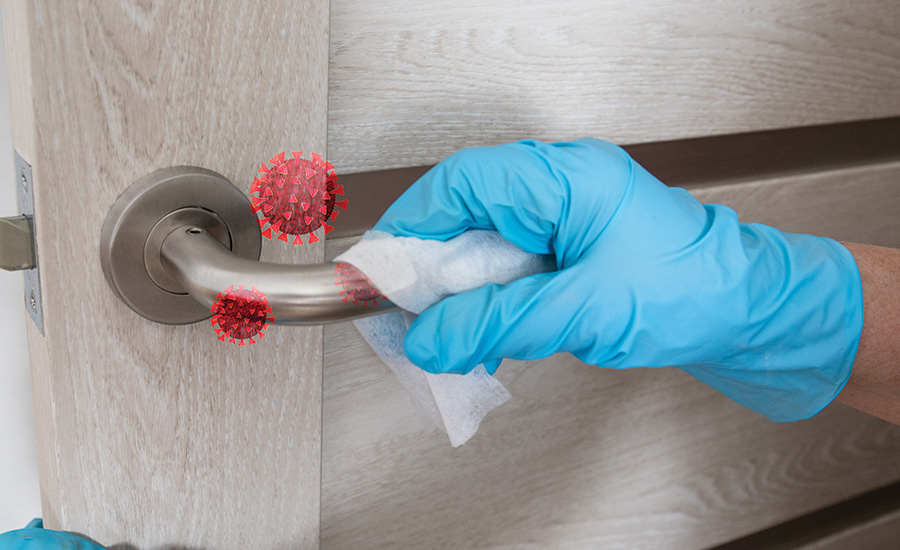
Image from Irina Shatilova/ iStock / Getty Images Plus via Getty Images
Why Are Cleaning and Disinfection Important? Understanding Routes of Transmission
While it’s true that the Centers for Disease Control (CDC) states that surfaces aren’t thought to be the “main way the virus spreads,” we ultimately have little way of determining how anyone who has tested positive for COVID-19 became infected.
According to the Wall Street Journal, German authorities say they don’t know how 75% of people who currently test positive for the coronavirus contracted it. Austrian authorities can’t identify the source of transmission in 77% of the cases and in Spain, the health ministry was only able to identify 7% of infections in the last week of October.
Couple that with the fact that while we’d like to control the spread of COVID-19, that’s not our exclusive target. It’s cold and flu season, so ongoing cleaning and disinfection will assist in stopping the chain of infection for a variety of pathogens, both viral and bacterial, that claim lives every year.
The need for cleaning and disinfection is not “hygiene theater,” it is an essential step in stopping the chain of infection. And while the need for hand sanitization is well understood, it is only effective when paired with the cleaning and disinfection of surfaces.
Together, the combination maximizes the reduction of risk for pathogen transmission, since both the potential for depositing pathogens onto surfaces, as well as removing them from surfaces via attachment to fingers and hands, are greatly reduced. This was emphasized in a recent study showing that “a combination of hand hygiene and surface cleaning is more effective than any single intervention,” and that “hand hygiene alone is insufficient as a control measure for the fomite transmission of pathogens, and must be paired with surface cleaning.”7
We must continue to address both airborne AND surface transmission of infectious agents, especially viral ones, to effectively control human disease transmission. If the process is carried out at an established frequency, the clean condition Dr. Berry describes becomes easier to achieve.
Nowhere is this more relevant than in 70,000 long-term care facilities in the U.S. that house some 10 million individuals, the majority of whom are over age 65. They incur up to three million serious transmissible infections every year, resulting in some 380,000 deaths—and that’s before COVID-19. Those are primarily drug-resistant bacterial pathogens transmitted largely by unclean hands and surfaces, due to lack of training and adequate cleaning and disinfection protocols.
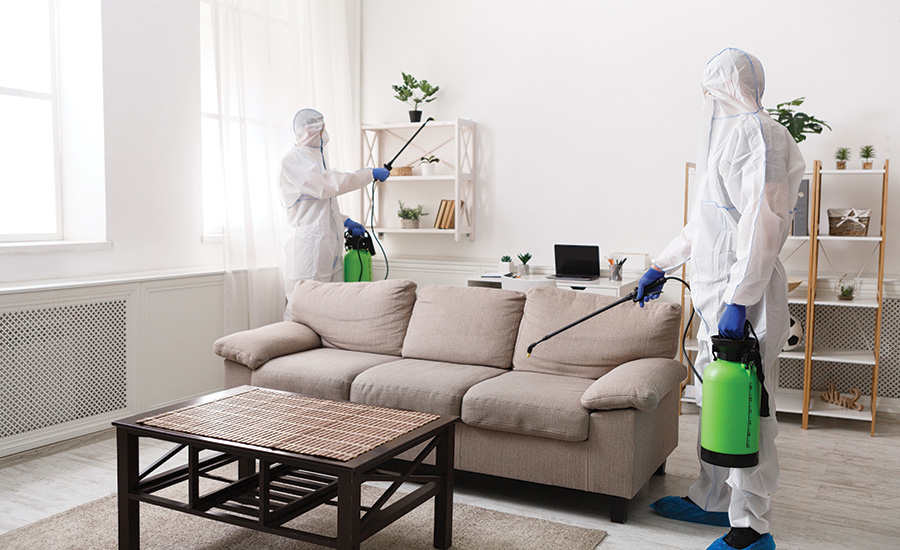
Image from Prostock-Studio/ iStock / Getty Images Plus via Getty Images
A Final Word
Few would want a surgeon to touch or cut into them without them washing their hands and disinfecting implements and the operating suite. While some might argue that’s because it’s a healthcare facility; they would be neglecting the fact that the largest healthcare facility is the home.
Most people treat themselves and their children at home until conditions become worse and they seek medical help. So, it stands to reason that the home environment should be kept clean too, especially with an ill person there. And that extends to various work environments and schools, since people become symptomatic, yet go to work or school until they become too ill to do so.
Are there cleaning and disinfection programs that are excessive? Absolutely. Too often we’ve seen images in the media of cleaners heavily clad in space suits needlessly spraying disinfectant along sidewalks and streets. However, surface cleaning and disinfection play an absolutely critical role in stopping the chain of infection. It’s up to us to make sure that all stakeholders understand its importance in controlling all pathogens.
That’s not theater. That’s doing our jobs.
References:
1. Rheinbaben F, Schunemann S, Gross T, Wolff MH (2000). Transmission of viruses via contact in a household setting: Experiments using bacteriophage straight phiX174 as a model virus. Journal of Hospital Infection 46(1):61-66.
2. Lei H, Li Y, XIAO S, Yang X, Lin C, Norris SL, Wei D, Hu Z, Ji S (2017). Logistic growth of a surface contamination network and its role in disease spread. Scientific Reports 7:1-10.
3. Boone SA, Gerba CP (2007). Significance of fomites in the spread of respiratory and enteric viral disease. Applied and Environmental Microbiology 73(6):1687-1696.
4. Berry MA (2018). Cleaning Professionalism and Competent Management. Cleaning Science Quarterly 1(1):8–12.
5. Berry MA (2019). Matter Separation and Biological Destruction. Cleaning Science Quarterly 1(2):24-29.
6. Spivak SM (2019). Matters, Means and Methods of Surface Hygiene and Disinfection. Cleaning Science Quarterly 1(2):8-16.
7. Lei H, Xiao S, Cowling BJ, Li Y (2019). Hand hygiene and surface cleaning should be paired for prevention of fomite transmission. Indoor Air 30:49-59.2
Looking for a reprint of this article?
From high-res PDFs to custom plaques, order your copy today!



